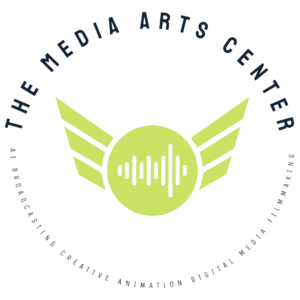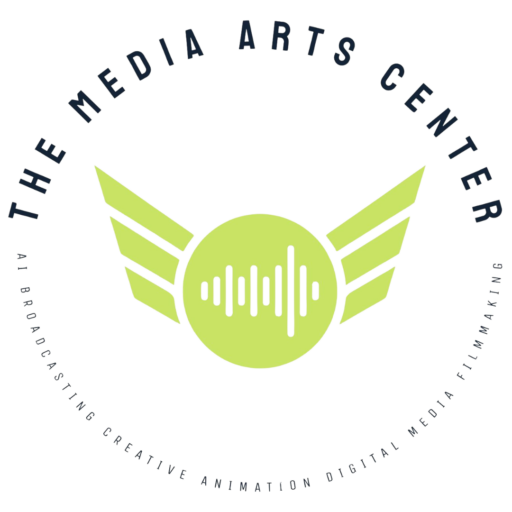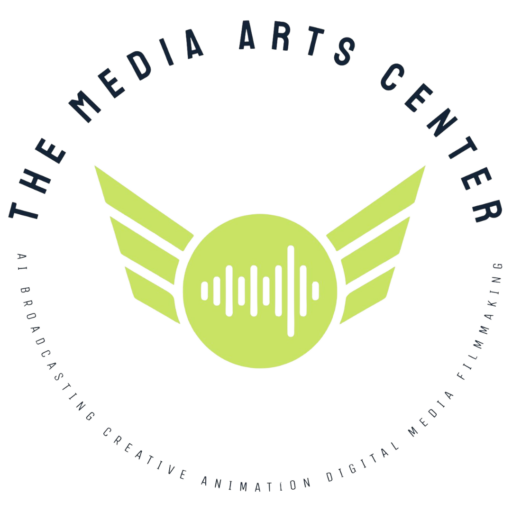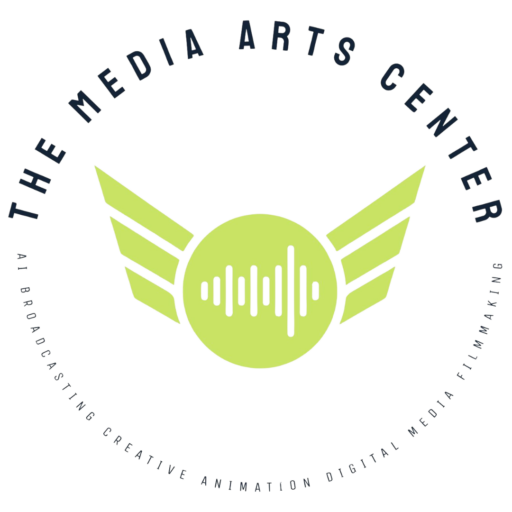STEM for Media Equipment Technical Skills Operations
STEM for Media Onsite
Program Structure:
- Duration: 24 classes + 108 lab hours – 180 total session hours
- Format: Interactive classroom sessions with a mix of lectures, discussions, case studies, guest speakers, and project work. Emphasis on peer learning and sharing.
- Courses: 4 core courses, 6 classes each on Mondays and Wednesdays
- Start Date: August 13th
- End Date: November 12th
- Time: 3pm – 6pm | Mon + Wed
Cost of tuition
Learn more about the program offering and the cost of tuition in the school catalog:
Course Description: Participants will gain hands-on experience with audio and video tools, learning how to operate professional-grade equipment, understand studio protocols, and develop foundational technical skills.
- Classes:
- Class 1: Introduction to Media Technology: Overview of essential audio and video equipment, basic terminology, and industry standards.
- Project: Hands-on experience with basic audio and video tools.
- Class 2: Audio Production Equipment: Exploring microphones, mixers, recorders, and audio processing tools.
- Project: Practical exercises in audio recording and editing.
- Class 3: Video Production Equipment: Understanding cameras, lighting equipment, stabilizers, and visual composition.
- Project: Basic video shooting techniques.
- Class 4: Studio Operations: Learning studio setup, workflows, and professional protocols.
- Project: Hands-on experience with studio equipment.
- Class 5: Media Software Basics: Introduction to industry-standard editing and production software.
- Project: Basic editing exercises.
- Class 6: Troubleshooting Media Equipment: Identifying common technical issues and implementing solutions.
- Project: Basic repair and maintenance techniques.
- Class 1: Introduction to Media Technology: Overview of essential audio and video equipment, basic terminology, and industry standards.
- Classes:
Course Description: The course covers 2D and 3D animation, visual effects, and provides practical experience with industry-standard software. Participants will build a comprehensive portfolio showcasing their creative capabilities.
- Classes:
- Class 7: Introduction to Animation Principles: Understanding the fundamentals of movement, timing, and the 12 principles of animation.
- Project: Hands-on exercises with animation software (e.g., Blender, Adobe Animate).
- Class 8: 2D Animation Techniques: Exploring frame-by-frame animation, vector-based animation, and digital workflow processes.
- Project: Introduction to tweening and easing.
- Class 9: 3D Modeling Basics: Learning geometry fundamentals, modeling tools, and spatial visualization concepts.
- Project: Creating simple 3D models.
- Class 10: Visual Effects Fundamentals: Introduction to compositing, particle systems, and post-production techniques.
- Project: Basic VFX exercises using software like Adobe After Effects.
- Class 11: Animation for Media Projects: Adapting animation techniques for marketing, social media, and interactive applications.
- Project: Case studies of successful animated media campaigns.
- Class 12: Portfolio Development: Organizing and presenting your animation work professionally for potential clients or employers.
- Project: Feedback and critique session.
- Class 7: Introduction to Animation Principles: Understanding the fundamentals of movement, timing, and the 12 principles of animation.
- Classes:
Course Description: An innovative exploration of artificial intelligence’s role in media production. Students will discover how AI transforms content creation, distribution, and analysis.
- Classes:
- Class 13: Introduction to AI in Media: Overview of artificial intelligence applications in modern media industries and fundamental machine learning concepts.
- Project: Case studies of AI-driven media projects.
- Class 14: AI for Content Creation: Exploring generative AI tools for text, image, audio, and video production.
- Project: Hands-on exercises with AI content creation software.
- Class 15: AI for Media Analysis: Understanding data-driven insights, sentiment analysis, and content recommendation algorithms.
- Project: Analyzing audience engagement using AI.
- Class 16: AI in Post-Production: Leveraging AI for editing, color correction, audio enhancement, and visual effects.
- Project: Practical exercises with AI post-production tools.
- Class 17: AI for Media Distribution: Examining AI’s role in content delivery, personalization, and audience targeting.
- Project: Case studies of AI in media distribution platforms.
- Class 18: Ethics and Future of AI in Media: Addressing ethical considerations, bias, privacy concerns, and emerging technologies.
- Project: Future trends and potential applications.
- Class 13: Introduction to AI in Media: Overview of artificial intelligence applications in modern media industries and fundamental machine learning concepts.
- Classes:
Course Description: A deep technical dive into the mechanics behind media devices. This course combines electronics, mechanical systems, optical principles, and software engineering, giving students a comprehensive understanding of how media equipment actually works.
- Classes:
- Class 19: Electronics for Media Equipment: Understanding electrical components, signal processing, and circuit design principles for audio and video devices.
- Project: Hands-on exercises with circuit building.
- Class 20: Mechanical Systems in Media Equipment: Exploring motors, gears, stabilizers, and physical interfaces in cameras, microphones, and other equipment.
- Project: Practical exercises with mechanical systems.
- Class 21: Optical Systems in Media Equipment: Examining lenses, sensors, light properties, and image formation in cameras and projection systems.
- Project: Hands-on experience with lens calibration.
- Class 22: Acoustic Principles for Audio Equipment: Understanding sound wave behavior, microphone technology, speaker design, and room acoustics.
- Project: Designing basic acoustic systems for recording studios.
- Class 23: Software and Firmware for Media Devices: Learning how embedded systems, operating systems, and user interfaces work in media equipment.
- Project: Hands-on exercises with device programming.
- Class 24: Maintenance and Troubleshooting: Developing systematic approaches to identify, diagnose, and repair common media equipment issues.
- Project: Best practices for equipment maintenance.
- Class 19: Electronics for Media Equipment: Understanding electrical components, signal processing, and circuit design principles for audio and video devices.
- Classes:
Key Outcomes:
- Gain a comprehensive understanding of media tools and techniques.
- Develop strong creative thinking and problem-solving skills.
- Learn and understand technical fundamentals relating to media equipment and software.
- Be familiar with technical workflows relating to media equipment and software.
- Build a professional portfolio and online presence.
- Explore career paths and opportunities in the digital media industry.
- Be prepared to thrive in the dynamic and ever-evolving world of digital media.
Lab Workshops
Hands on learning professional equipment industry software assignments workflows recording studios
Feel right at home inside a recording booth, directing a film shoot or opening professional edition software. Practice on campus guided by professional instructors and master the skills needed to succeed in today’s media industries.
- In person, on campus.
- Guided learning with expert instructors.
- Professional equipment available.
- Work on your assignments at the studio.
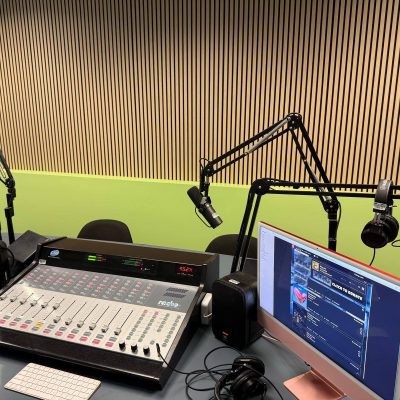
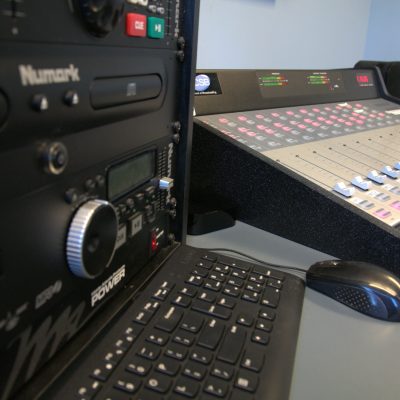
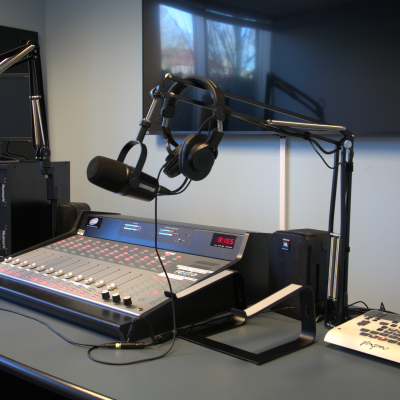
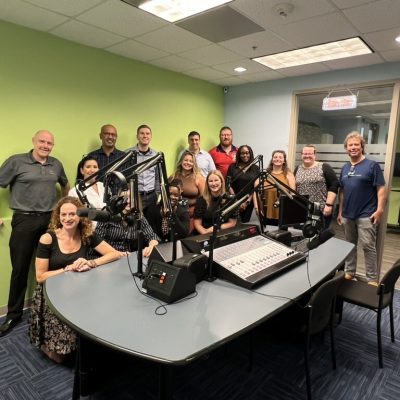

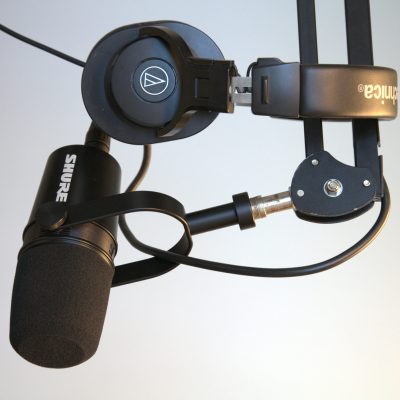
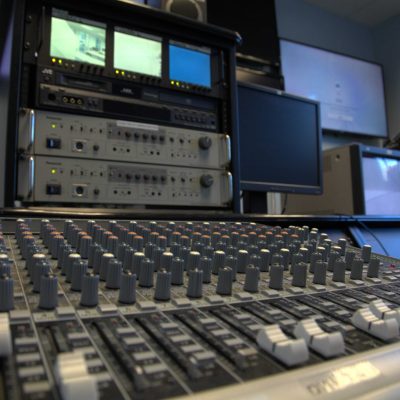

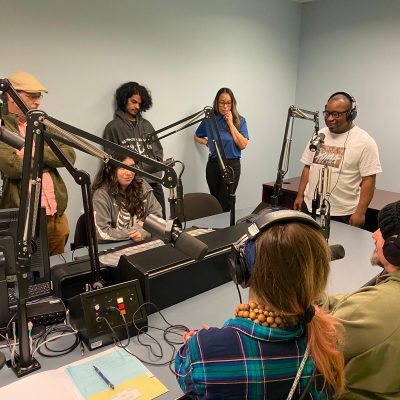

Campus Tour
Schedule an in person tour and get a first person look at the classrooms and equipment.
Single Course
6 classes-
1 month duration
-
Choose from any program
-
Access to Lab and Workshops
-
Online content access
Full Program
24 classes-
3 month duration
-
Full program syllabus
-
Access to Lab and Workshops
-
Online content access
Capstone Program
96 classes-
12 month duration
-
Four program syllabus
-
Access to Lab and Workshops
-
Online content access
